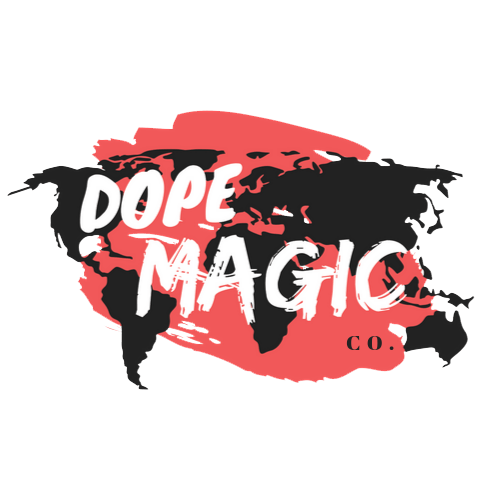Why Blogging Is Critical To Content Marketing
Blogging is critical to content marketing! A bold statement considering you have access to multiple social media platforms, such as Instagram, YouTube, LinkedIn, Facebook, and Pinterest, reaching millions of users already in the habit of consuming content on them every day. So why then, in 2020, do businesses really need to blog?
For three reasons: relationships, search engine optimization (SEO), and list-building. I’ll dig into each of those reasons in a moment, but first, let’s look and how blogging has changed over the years, and why that’s important.
The Evolution of Blogging
I got this graph from Arrigo Lupori’s post Is Blogging Dead? Here’s All You Need to Know. Lupori does an awesome job of explaining how blogging has evolved over the last decade. I’ll summarize here and add my takeaways, but check out his post if you’d like more details.
This graph shows you the popularity of search terms over time. As you can see the term “blogging” used to be searched much more prevalently than other related terms. It’s now dropping as other terms gain popularity. The graph suggests that in the early 2000s, blogging was the most well-known way to freely publish content. Now, two decades later, there are hundreds of ways to publish content, and marketers are searching broader terms, such as content marketing. Blogging critics argue that because there are so many other, perhaps more efficient, ways to get content in front of an audience, blogging is out or at least on its way out in the near future. I couldn’t disagree more. Blogging is certainly evolving, requiring marketers to take a more strategic, integrated approach to creating and publishing content, but it is still critical to your content marketing strategy. Here’s why.
Your Blog Builds Relationships
You can have millions of followers on dozens of social media platforms, but if you don’t get them to leave the app and spend some one-on-one time with your brand, it’s unlikely you’re ever going to convert them from follower to customer. A blog is the best way to make that transition. You can attempt to build relationships strictly through social media, but your conversion rates are going to suffer. A blog gives you the critical opportunity to build followers’ trust in your brand on a platform that you own and control. It also gives you the ability to see what content and topics resonate best with your audiences so you can tailor your content more effectively. The graph below from Digivizer shows where blogging falls in the sales funnel and how you can use it to measure engagement. When you can move a follower off of their social media platform and into your domain, you’ve taken your relationship to the next level. The best way to do that is to offer free, valuable content that doesn’t yet require a commitment. Your blog is your relationship builder.
Blogging Helps SEO (alot)
When you search a specific topic, blog posts top the list of Google’s organic search results. Google wants to be the best search engine for retrieving the most relevant, valuable results for users. Blog posts fit that bill. In the old days, businesses could keyword stuff pages to show up in search results, but now, Google analyzes the behavior of readers who land on a page to determine how valuable it is and decide where it should rank on their site. Google also likes websites that publish alot of content on the same subject — that’s why consistently blogging is so effective for SEO. When your blog posts consistently draw and keep traffic on their pages, the other pages on your site will gain credibility as well. Traffic to your website jumps significantly when you have more than 300 pages indexed on your site (see graph below). The best way to generate indexed pages quickly is to consistently post to your blog.
Blogging Leads to List-Building
The point of your blog should be to leave readers wanting more. It’s a stepping stone to more valuable content, for which you want something in exchange. This is your opt-in, a gated piece of content that requires readers to give you their name and email address in exchange for the content. This content is going to build your email list. Your opt-in email list matters more than any other top-of-funnel metric. Email marketing outperforms social media, paid ads, and search by far in terms of conversions (see graphic below). The more readers trust you to provide valuable content, the more likely they are to give you their information and open your emails. Your blog builds that trust and is the catalyst for building your opt-in list.
Source: Quicksprout
If writing and publishing blog posts sounds daunting, remember:
- You don’t need to post every day. A quality blog post twice a month is a much better use of your time than posting less valuable content every day.
- You don’t always need to write! Videos make great blog posts as well.
- You can get a lot of mileage out of one post. Reuse and repurpose your content until it’s no longer relevant.
- Creating a blog calendar enables you to write posts much faster and more consistently.
Final takeaway: Blogging isn’t the only piece of the content marketing puzzle, but it’s a critical one! Your blog is an entry point for deeper relationships with buyers, and it’s most effective when you have a solid opt-in and email marketing strategy following it. But your strategy doesn’t need to be perfect to start publishing posts, so get started today!
Pen & Purpose


BE my penpal
Get free tips monthly straight to your inbox!





